Optimal Timing for Landscaping Projects
Landscaping projects are most effective when scheduled during specific times of the year that align with favorable weather conditions and plant growth cycles. Proper timing can enhance the longevity and appearance of landscape features, ensuring optimal results.
Spring is ideal for planting flowers, shrubs, and trees as soil temperatures rise and conditions become suitable for growth.
Summer offers longer days and warmer weather, perfect for completing major outdoor projects and establishing new plants.
Fall provides cooler temperatures and increased moisture, making it suitable for planting and preparing landscapes for winter.
Winter is generally less ideal for planting but can be used for planning, design, and installing hardscape features in milder climates.

Ways to make Landscapings work in tight or awkward layouts.
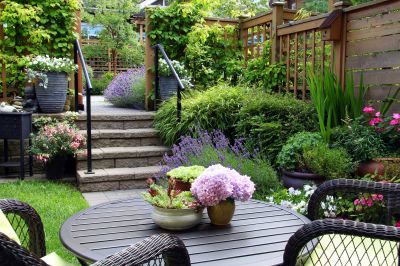
Popular materials for Landscapings and why they hold up over time.

Simple add-ons that improve Landscapings without blowing the budget.
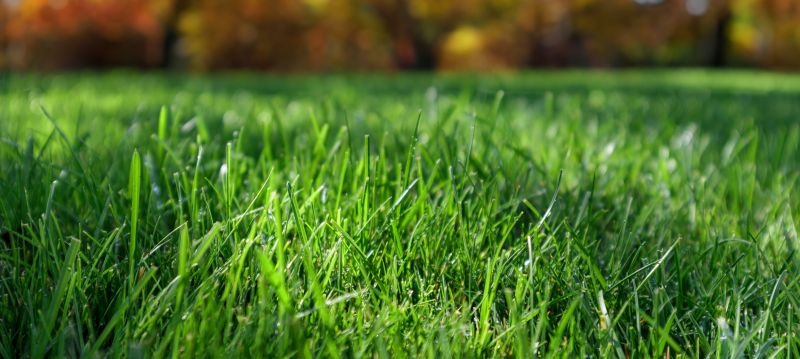
High-end options that actually feel worth it for Landscapings.
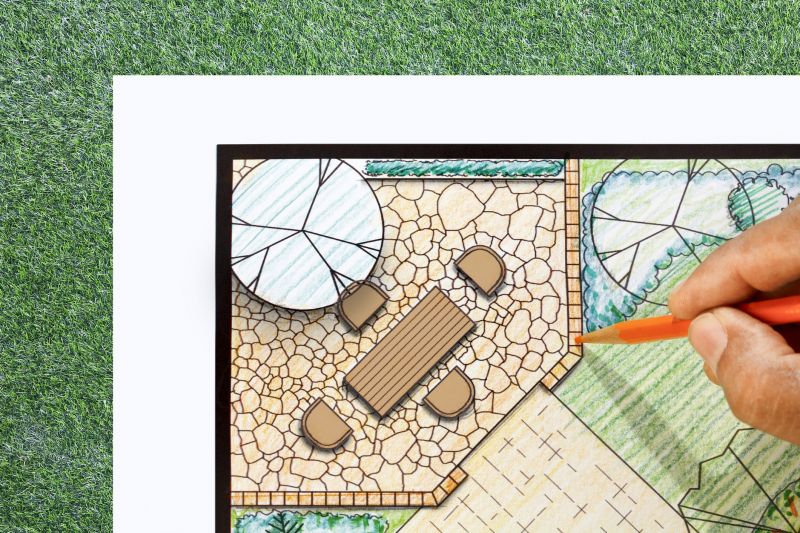
Finishes and colors that play nicely with Landscapings.

Little measurements that prevent headaches on Landscapings day.
Understanding seasonal patterns and regional climate conditions is essential for scheduling landscaping work. In regions with distinct seasons, planning around the last frost date and soil conditions can prevent damage and promote healthy growth. Proper timing also allows for better resource management, reducing costs and improving project outcomes.
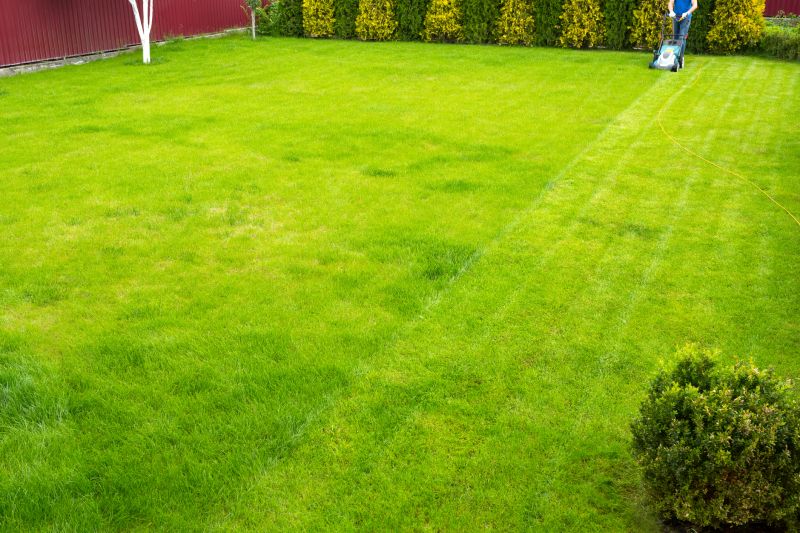
A 60-second routine that keeps Landscapings looking new.
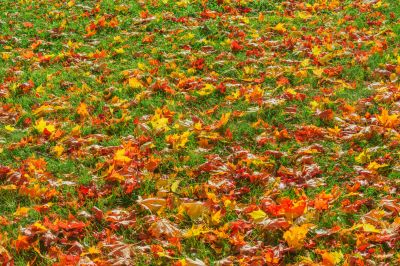
A frequent mistake in Landscapings and how to dodge it.

Small tweaks to make Landscapings safer and easier to use.

Lower-waste or water-saving choices for Landscapings.
| Season | Optimal Activities |
|---|---|
| Spring | Planting flowers and shrubs, soil preparation |
| Summer | Hardscape installation, watering, maintenance |
| Fall | Planting trees and perennials, soil enrichment |
| Winter | Design planning, material selection |
